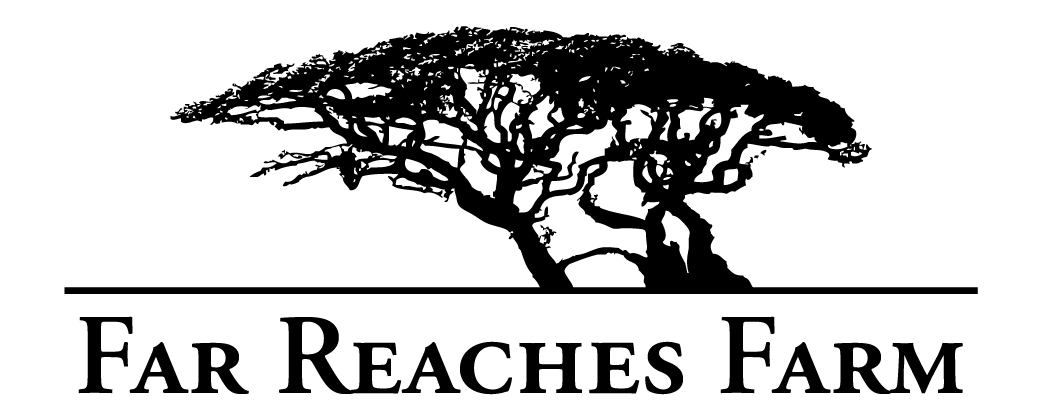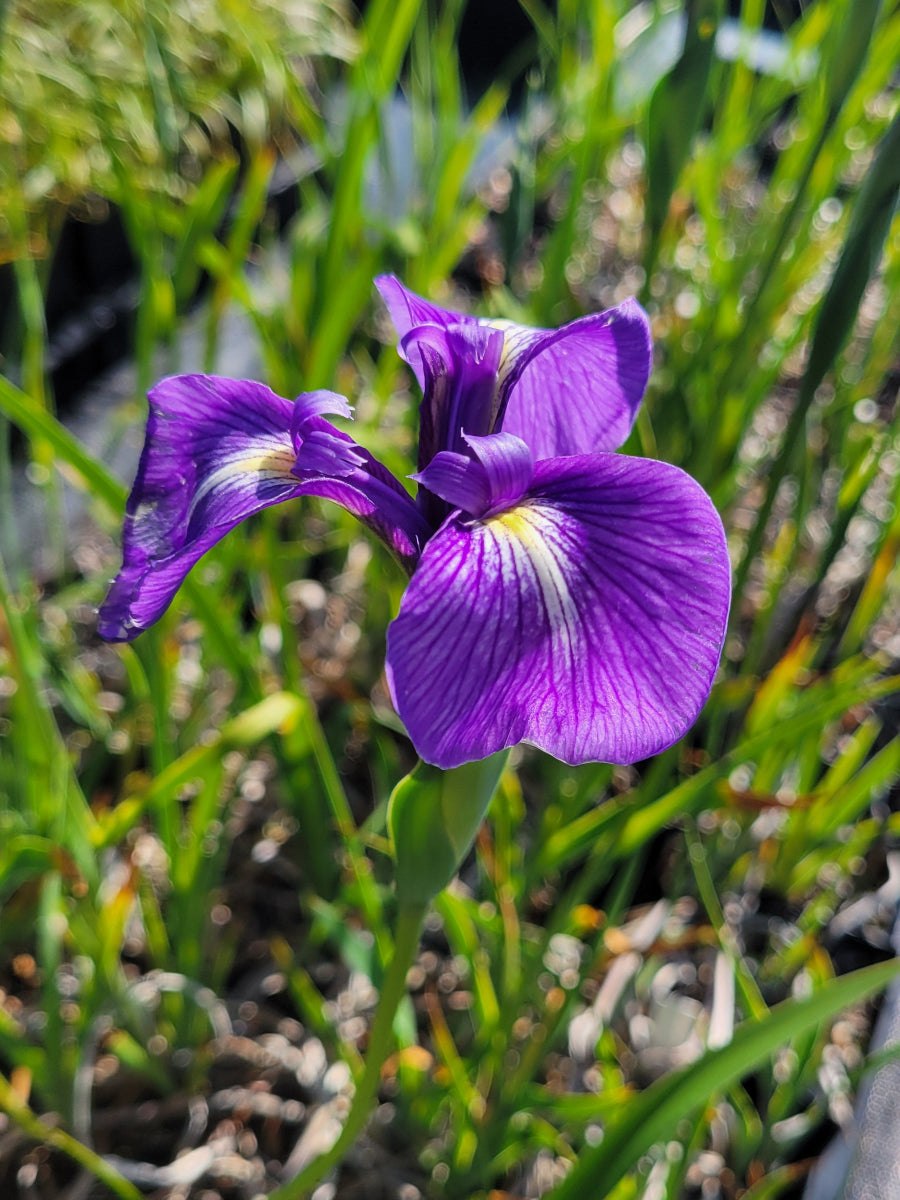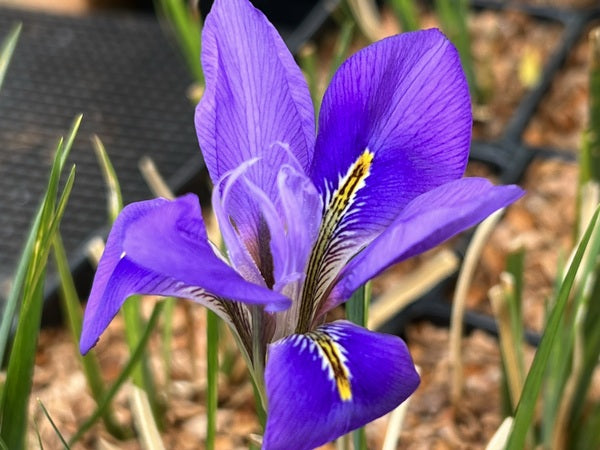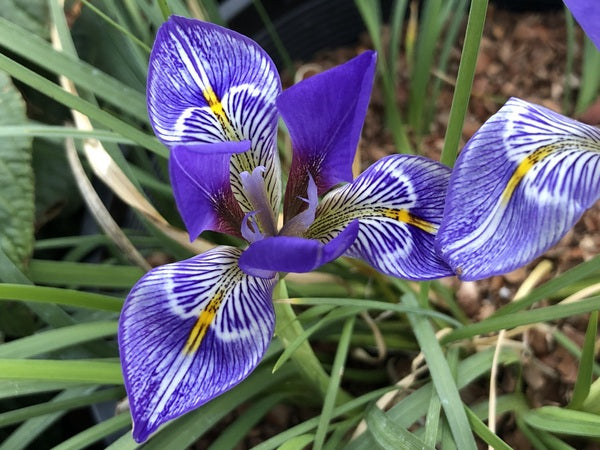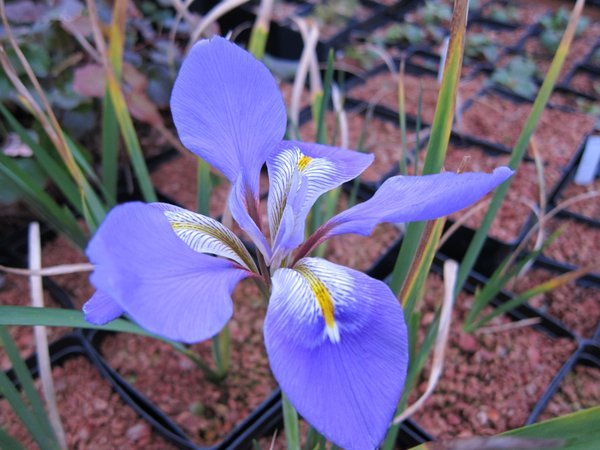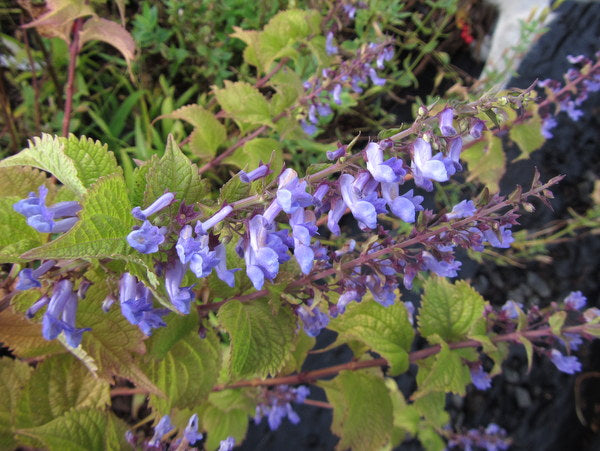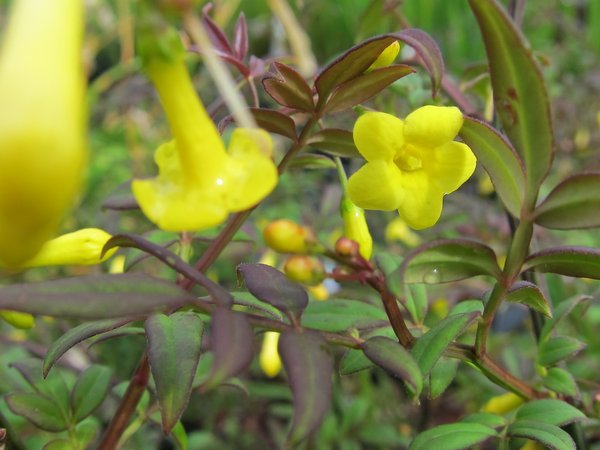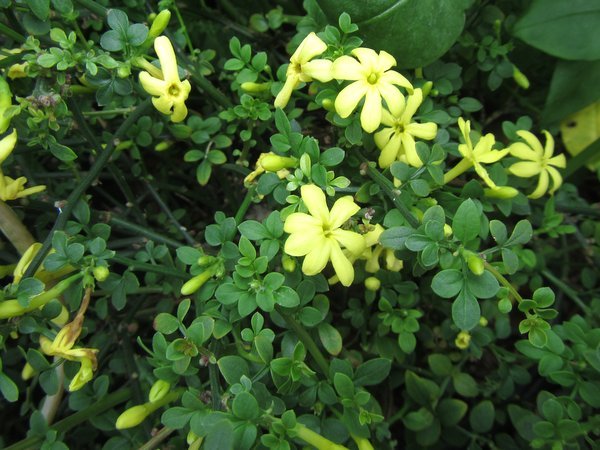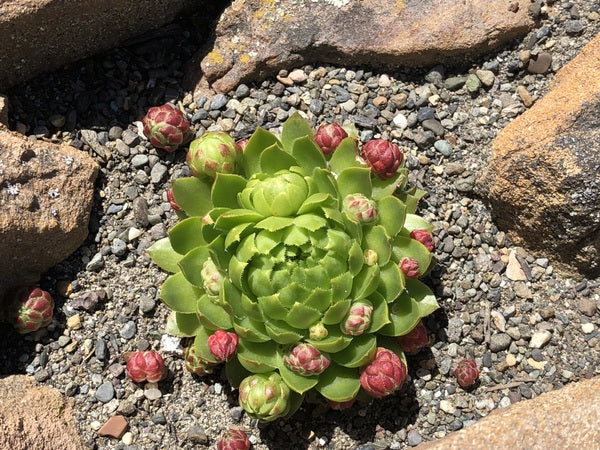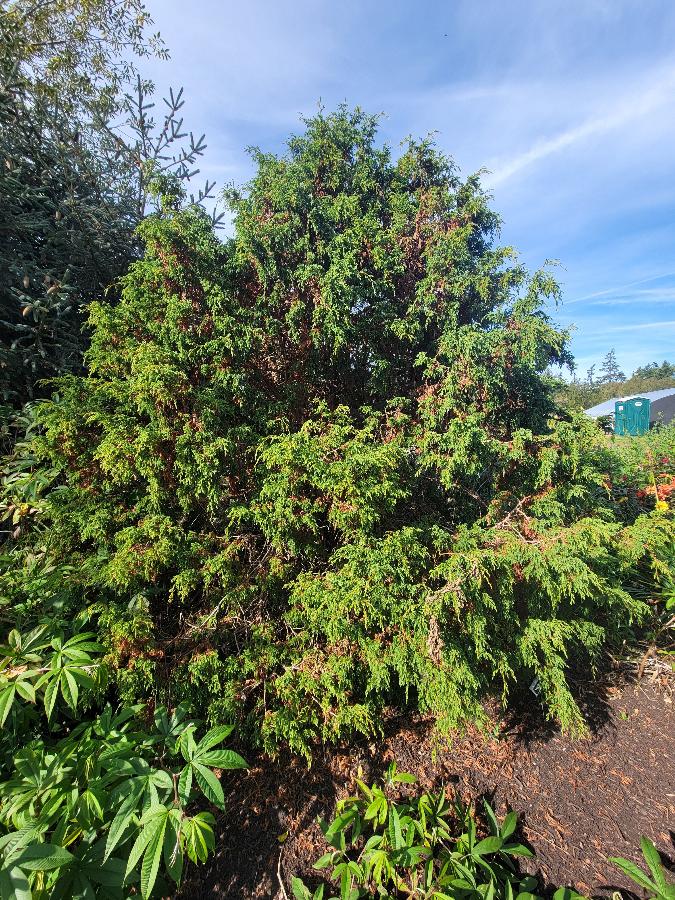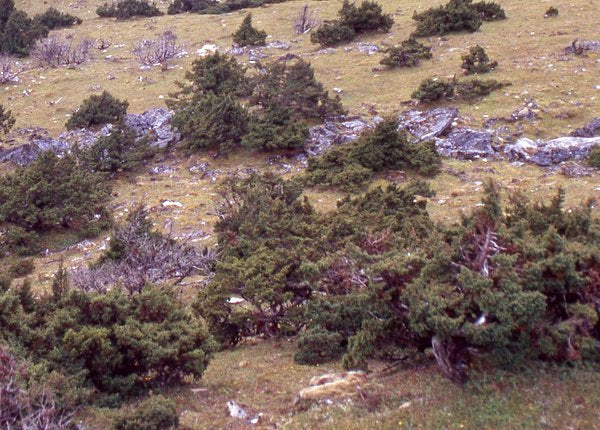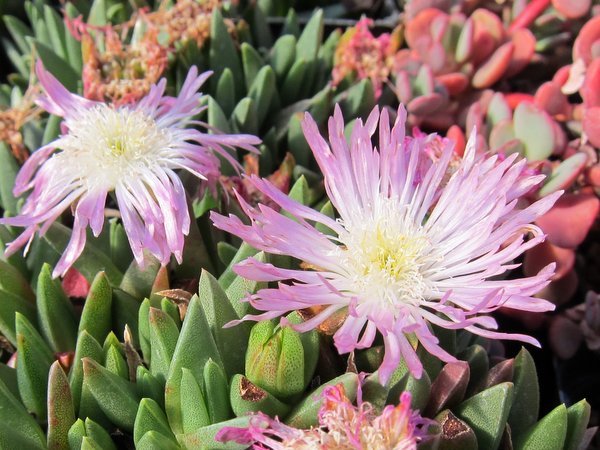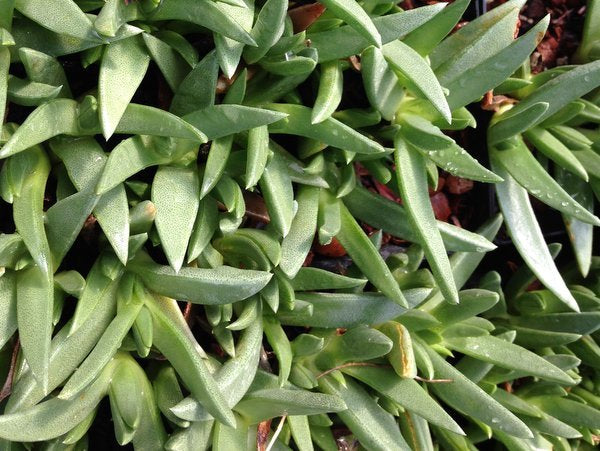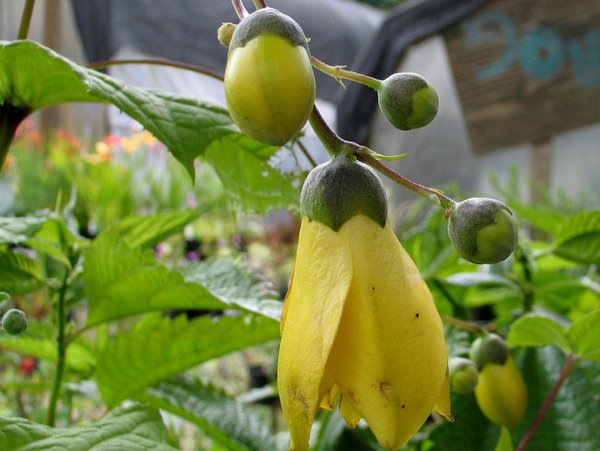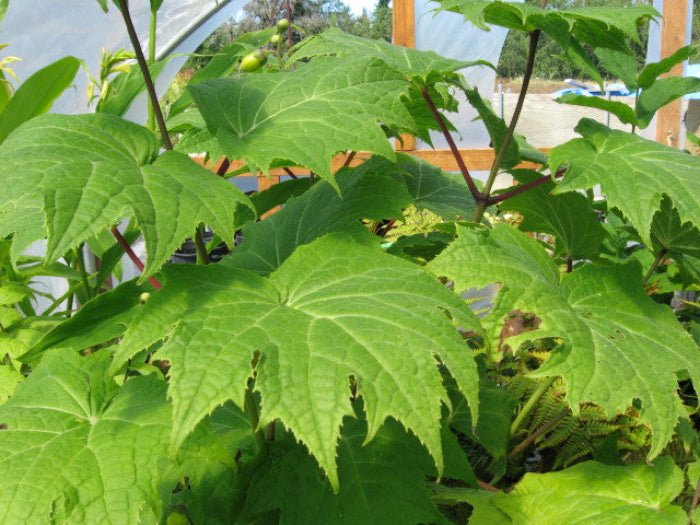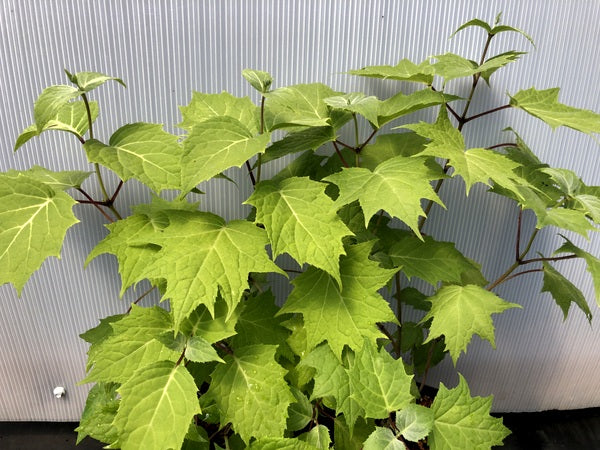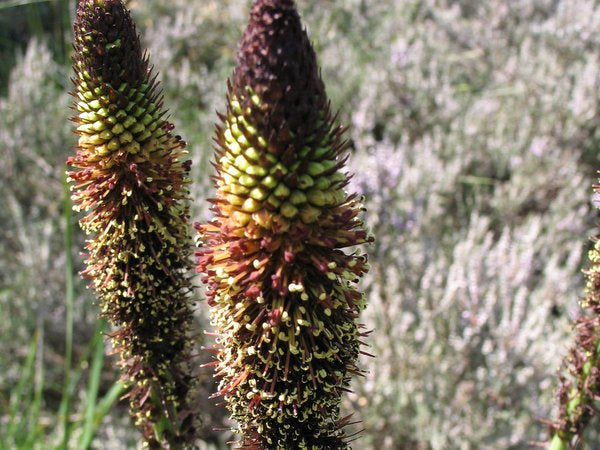Sort by:
1775 products
1775 products
Roof Iris. These are seed-grown from our plant from an Eric Hammond collection in China. This species actually does grow on thatched roofs in Japan and China and is quite easily grown in the garden Large, 5-6 inch lilac-blue flowers are very nice on stems to perhaps 18" tall. Happy in zones 4-9, this is easy but watch for slugs on the new growth as these might attest.
A U.S. native Iris that can compete with the Asian big dogs of the Iris pack. This boggy little beaut hails from the Southeast and grows alongside pitcher plants in partially sunny seeps that must be quite spectacular to behold. 2 foot foliage goes dormant in the winter but the memory of the elegantly slender flowers will carry on.
Eyes that look like these would be a little more concerning than dazzling but on an iris they are well worth a futile staring contest. This selection of I. unguicularis has an extended area of white and purple striping at the base of the petals that provides a stunning contrast that is sure to draw the eye, or to the more imaginative among us conjure images of eyes you might see at a really wild music festival.
A very good selection of Winter Iris - the species can start flowering in February here for us and at that time of the year, even the worst selection looks mighty fine but this one is truly worthy. Blue standards - the central upright petals - and blue falls - the large lower petals - that carry a broad white blotch with fine blue lines. Good drainage and moderate to less water in summer.
This is a fine form of the Algerian Iris that we got from our bud, Sean Hogan. This has larger flowers than typical being 3-4 inches across and of a good blue-lavender with a narrow strip of yellow on the falls which is feathered on each side by white. A winter bloomer which is critical here in the Northwest.
Think of this as a woodland Salvia which blooms in the Fall. This Japanese jewel brings an unexpected and welcome shot of color to the shade garden in Fall with airy panicles to 3 or 4 feet holding zillions of small tubular blue-purple flowers. Something nice to look if you are overloaded on the reds-oranges-yellows classic colors. Our staff plant nerd Cindy reports that she loves this in her garden so there you have it for local testimonials.
This Lamiaceae species comes from woodlands in Japan such as Fukushima Prefecture. All summer you get to enjoy the subtly interesting leaf shape and texture, pondering what possessed you to grant this space in your overplanted garden. Once the riot of summer color is gone, the lavender spikes of this uncommon species brings clarity.
Holly-leafed Sweetspire. Awesome evergreen shrub not unlike an effete Garrya in habit and flower but that is perhaps an unfair portrayal. This has grown for decades in the Arboretum in Seattle as a fine free-standing shrub. It really shines as a wall plant with a natural lax habit and the 10"-12" green-white scented flower tapers are fantastic in summer.
Our collection from Sichuan of this variant on the Jasminum humile theme. A scrambling, weaving and somewhat scandent shrublet with thin stems that infiltrates the marginal spaces among shrubs and can grow up through them for a little support. Bright yellow flowers which are unscented but cheery nonetheless. This form is doubtfully or at least very scarce in cultivation so good on us. Now for a bit of botanical esoterica. Enrico Banfi proposed in 2014 that the Alternifolia section of Jasminum to which this belongs, be moved to a new genus, Chrysojasminum and if this gets adopted, then we would have Chrysojasminum humile var. microphyllum. Do we know how to have fun or what?
This is a lovely deciduous scrambling twining and vining shrub from Nepal with scented narrow tubular yellow flowers in clusters followed in fall by black pea-like fruit. Quite a nice alternative for the small arbor or trellis on a wall. And we are pretty sure it is deer resistant as well! This has been perfectly fine in Seattle. These are nice big plants.
Hardy dwarf Jasmine from Himachal Pradesh in India. This is an ideal little rock garden candidate or if you are looking for a small shrub for that special nook, look no further. Small yellow flowers lightly scented are scattered among the evergreen leaves all summer. Tolerant of dry, deer aren't interested, no maintenance needed.
The perfection of presence so inherent to Japan oozes from the stomata of this Nipponese woodlander. Pinkish new growth with lavender tones to the rounded foliage is meant to pair with the simple light lavender flowers. Allied to our eastern Jeffersonia diphylla like a Lexus SUV to a F150 pickup, a comparison not meant to disparage or annoy champions of the lovely J. diphylla. These are from our own divisions.
We were gifted this little green "roller" from John Grimshaw, Director of the Yorkshire Arboretum at Castle Howard. As he handed us a nondescript pup, we wondered what magical thing attended this to earn a place in his exquisite collection. "This is from the garden of Carl Linnaeus" STFU! The Father of Binomial Nomenclature!?! Linnaeus & Grimshaw - now that's provenance! Plant geek manna from botanical heaven. This is possibly Jovibarba globifera subsp. allionii.
Cutting-grown from the single seed which germinated from our collection at 13000' in an open alpine meadow in eastern Bhutan. The meadow was dotted with these junipers which made upright shrubs like an elfin forest to 3'-6' tall. We pitched our tent near the woodland edge next to a grove of Rhododendron wallichii upon which we draped with wet clothes hoping they might dry enough to be less wet. With a bit of time on our hands, we wandered among the dozens of these intriguing conifers and found a single dwarfed plant that was a low congested mound with quite blue foliage. This is the plant we collected seed from and unfortunately the seedling is "normal" pingii. It is not all that unfortunate though as this is the true species and quite rare in cultivation according to conifer expert Tom Cox of the Cox Arboretum in Georgia who pretty tickled to see this when he visited. Apparently much of the J. pingii in the trade is something else entirely and to find the real thing is a good thing.
A collection from Japan by Quarry Hill Botanic Garden of this indispensable summer-flowering, beefy perennial. This is a rare opportunity to obtain this species with wild-origin provenance. Yellow flowers of substance like small shuttlecocks are held well above the leaves on upright stems in midsummer. Still remember being awestruck by a superb specimen at the Minnesota Landscape Arboretum years ago.
Our own hybrid introduction which we have trialed for 10 years before releasing a few. A very long bloom period from mid summer into fall. Narrow foliage supports 3'+ stems of rich burnt orange with the individual flowers glistening as if lacquered. Attribution to everyone's favorite 1978 Captain Beefheart album Shiny Beast (Bat Chain Puller). A Far Reaches exclusive which we think is damned good.
